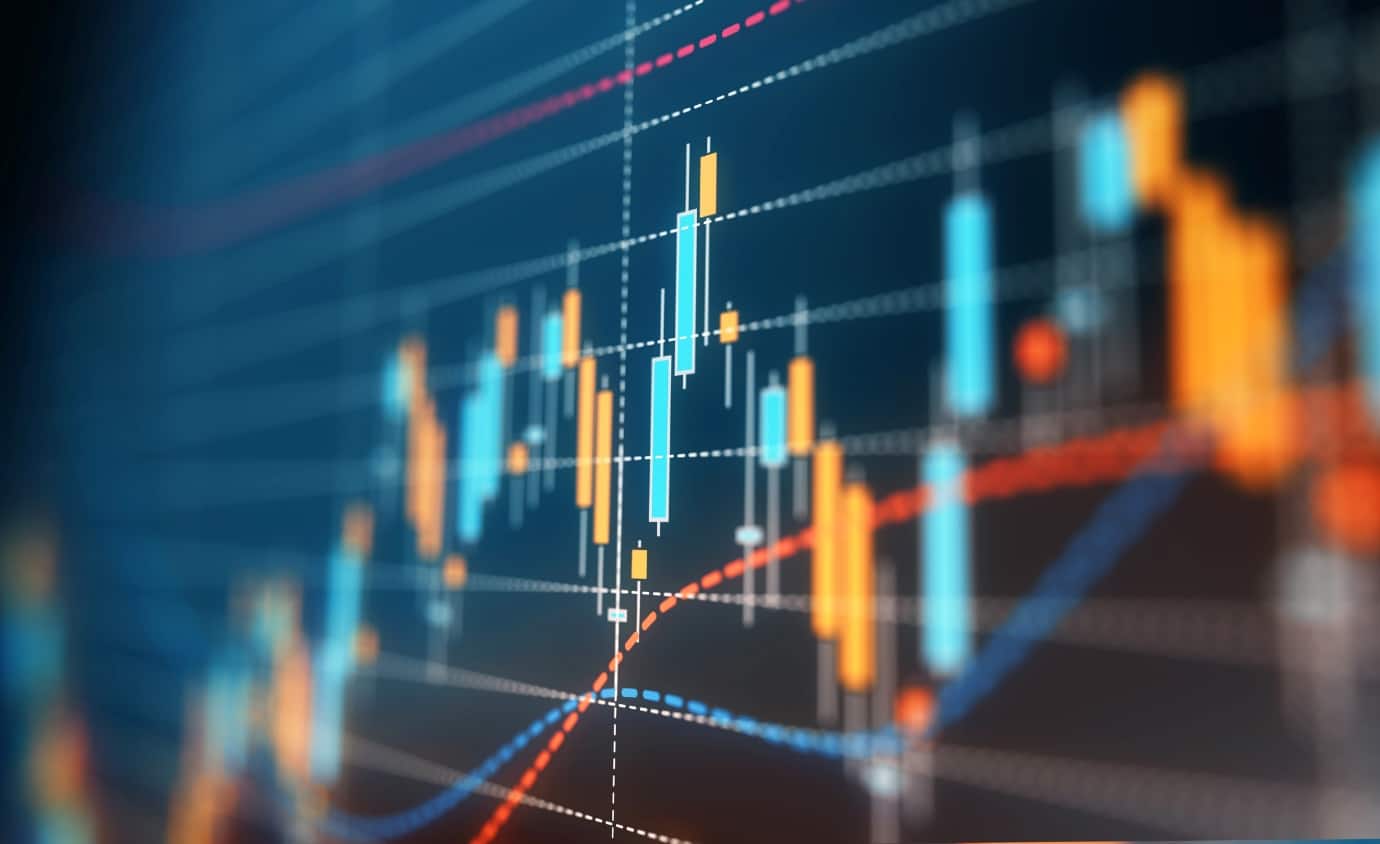When it comes to international trade, exchange rates are significant. The exchange rate is the rate at which one currency can be exchanged for another. It is always quoted in pairs, such as the EUR/USD (the Euro and the US Dollar). The first currency in the pair is known as the base currency, while the second currency is known as the quote currency.
Exchange rates can be either fixed or floating. A fixed exchange rate is where the rate is set for a specific period of time, while a floating exchange rate is where the rate is allowed to fluctuate in line with the market. Most countries now have a floating exchange rate, although some still have a fixed exchange rate. The main benefit of a floating exchange rate is that it helps to stabilize the economy by automatically adjusting to changes in demand.
What Is An Exchange Rate?
An exchange rate is the rate at which one currency can be exchanged for another. It is always quoted in pairs, such as EUR/USD (the Euro and the US Dollar). Exchange rates fluctuate based on economic factors like inflation, interest rates, and political stability.
When it comes to international trade, there are a few different types of exchange rates that you need to be aware of. These include the spot rate, the forward rate, and the swap rate.
The spot rate is the current exchange rate that is being traded in the market. The forward rate is the exchange rate that is agreed upon today, but for a trade that will take place at some point in the future. The swap rate is the rate that is used when two currencies are swapped.
When it comes to choosing a forex broker, it is important to make sure that they offer competitive exchange rates. This is because the exchange rate can have a big impact on the profitability of your trades. If you are planning on trading in a currency that is not your own, then you will also need to take into account the currency risk. This is the risk that the value of the currency you are trading will change.
If you are buying a currency that is expected to increase in value, then you will need to take into account the currency risk. This is because if the currency does not increase in value, then you will lose money on your trade. When it comes to international trade, there are a number of different factors that can affect exchange rates. These include economic indicators, political events, and natural disasters.
How Exchange Rates Are Determined?
The foreign exchange market is one of the most important markets in the world. It’s where currencies are traded and the rates are determined. The foreign exchange market is huge, with an average daily trading volume of more than $5 trillion. That’s more than any other market in the world.
The foreign exchange market is made up of two main types of players: central banks and commercial banks. Central banks are responsible for the monetary policy of their respective countries. They use the foreign exchange market to buy and sell currencies in order to influence the exchange rate. For example, if the central bank of Japan wanted to weaken the yen, it would sell the yen in the foreign exchange market and buy other currencies, such as the US dollar. This would cause the yen to weaken and the dollar to strengthen.
Commercial banks are the main participants in the foreign exchange market. They use the foreign exchange market to buy and sell currencies for their clients, such as importers and exporters. They also use the foreign exchange market to speculate on the future direction of exchange rates.
The foreign exchange market is a 24-hour market. It is open from 8 am GMT on Sunday until 10 pm GMT on Friday. The most active time is between 8 am GMT and 4 pm GMT. This is when the majority of trading takes place. The foreign exchange market is decentralized. This means that there is no centralized exchange where all trades take place. Instead, trading takes place between banks, dealers, and brokers around the world.
The foreign exchange market is an over-the-counter (OTC) market. This means that trading is done between two counterparties over the phone or electronically. There is no central exchange where all trades are cleared.
The foreign exchange market is a very liquid market. This means that there is a large amount of trading activity and that there are always ready and willing buyers and sellers. The foreign exchange market is an efficient market. This means that prices reflect all available information and that trades are executed at the best possible prices.
The foreign exchange market is a risky market. This is because currencies can be very volatile and because there is a lot of leverage involved. Leverage is
What Is The Role Of Exchange Rates In The Economy?
Exchange rates play a vital role in the economy. They can impact inflation, trade, and investment.
Inflation: Exchange rates can impact inflation. A country with a high exchange rate will see its imported goods become more expensive. This can lead to inflationary pressures.
Trade: Exchange rates can also impact trade. A country with a high exchange rate will find its exports more expensive and its imports cheaper. This can lead to a decrease in trade.
Investment: Exchange rates can also impact investment. A country with a high exchange rate will find that its currency is in demand, and this can attract foreign investment.
Benefits And Risks Of A Strong Exchange Rate
A strong exchange rate can have both benefits and risks for a country. On the one hand, a strong currency makes a country’s exports more expensive and can lead to a trade deficit. On the other hand, a strong currency attracts foreign investment and can help to keep inflation in check.
The benefits of a strong exchange rate are that it makes a country’s exports more expensive, which can help to reduce a trade deficit. A strong currency also attracts foreign investment, which can help to boost a country’s economy. The risks of a strong exchange rate are that it can lead to inflation and it can make a country’s imports more expensive.
Benefits And Risks Of A Weak Exchange Rate
When it comes to the exchange rate, there are pros and cons to having a weak currency. A weak currency can be good for exports as it makes them cheaper for other countries to buy. This can help boost a country’s economy. However, a weak currency can also be bad for a country as it can lead to inflation. This is because imported goods become more expensive when the currency is weak. It is important to weigh up the pros and cons before making any decisions about the exchange rate.
Exchange Rate Regimes
There are 6 main types of exchange rate regimes:
- Fixed exchange rates
- Floating exchange rates
- Managed floating exchange rates
- Pegged exchange rates
- crawling peg exchange rates
- dirty float exchange rates
Fixed exchange rates are when a country ties the value of its currency to another currency, or to a basket of currencies. The most famous example of a fixed exchange rate regime is the Bretton Woods system, which pegged the US dollar to gold.
Floating exchange rates are when a currency is allowed to fluctuate freely against other currencies. The value of the currency is determined by supply and demand in the foreign exchange market.
Managed floating exchange rates are when a country intervenes in the foreign exchange market to influence the value of its currency. Countries with managed floating exchange rates usually have a target range for their currency’s value.
Pegged exchange rates are when a country ties the value of its currency to another currency, or to a basket of currencies. The most famous example of a pegged exchange rate regime is the Bretton Woods system, which pegged the US dollar to gold.
Crawling peg exchange rates are when a country intervenes in the foreign exchange market to influence the value of its currency. Countries with crawling peg exchange rates usually have a target range for their currency’s value.
Dirty float exchange rates are when a country allows its currency to float freely but intervenes in the foreign exchange market to influence the value of its currency.
Exchange Rate Forecasting
The foreign exchange market is one of the most important financial markets in the world. It allows businesses to buy and sell foreign currencies and also provides a way for investors to speculate on the future movements of exchange rates. Exchange rates are constantly changing, and their movements can have a big impact on businesses and investors. That’s why it’s important to be able to forecast exchange rates. There are a number of different methods that can be used to forecast exchange rates. Some of the most popular methods include:
- Fundamental analysis
This approach looks at the underlying factors that can affect exchange rates. This can include things like interest rates, economic growth, and inflation.
- Technical analysis
This approach uses historical data to try and identify patterns that could indicate future movements.
- Economic models
There are a number of different economic models that can be used to forecast exchange rates. These include the purchasing power parity model and the interest rate parity model.
- Exchange rate forecasts from banks and other institutions
Banks and other financial institutions regularly release their own forecasts for exchange rates. These can be a useful source of information.
- Exchange rate forecasts from analysts
There are a number of analysts who specialize in forecasting exchange rates. Their forecasts can be found in a variety of places, including financial news websites and specialist publications.
- Exchange rate predictions from traders
Many people who trade in the foreign exchange market have their own views on where exchange rates are headed. These predictions can be found in a variety of places, including online forums and chatrooms.
- Exchange rate forecasts from economists
Economists often have their own views on where exchange rates are headed. These can be found in a variety of places, including economic journals and newspapers.
Forecasting exchange rates is not an exact science, and there is no guaranteed way to get it right all the time. However, by using a combination of different methods, it is possible to get a good idea of where rates are headed in the future.






